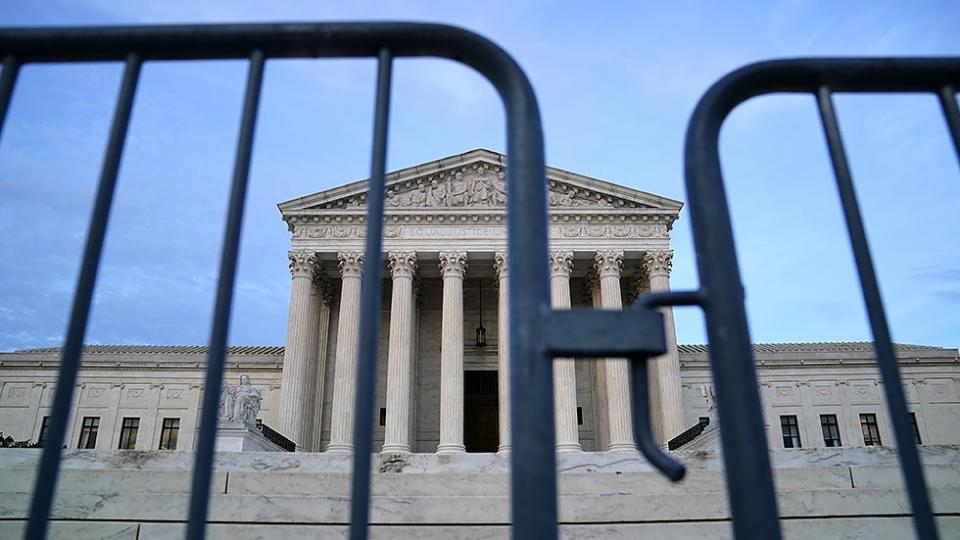Supreme Court grapples over fate of artwork stolen by Nazis

The Supreme Court on Tuesday heard arguments in a long-running case that would decide the fate of a renowned work of art stolen by the Nazis from a Jewish family fleeing Germany at the outset of World War II.
The court is being asked to decide the case, which concerns a Camille Pissarro painting, on extremely technical legal issues involving which laws should be applied to determine the piece's rightful owners.
David Boies, an attorney for the descendants of the Cassirer family, which purchased the painting in 1900, argued on Tuesday that the laws of California, where the suit was filed, should be applied as opposed to those of Spain, where the painting now sits in a museum.
In 1939, Lilly Cassirer, the heir of a German Jewish art collector, was forced to sell the Pissarro work for $360 in order to get permission to flee Nazi Germany. Today, the painting is estimated to be worth $40 million.
The painting, "Rue Saint-Honoré, Afternoon, Rain Effect," changed hands numerous times in the decades after the war, and in 1999, Cassirer's grandson, Claude Cassirer, discovered that it was in the possession of an art museum in Spain.
In 2005, he sued a German art collector who had bought the painting and the public museum in Spain that had borrowed it. The case has gone through several rounds of litigation ever since.
In 1954, the U.S. Court of Restitution approved Lilly Cassirer's claim that she was the rightful owner and that the painting had been stolen.
But in 2019, a district court judge found that the defendants were irresponsible to not have investigated whether the painting was stolen by the Nazis. Under Spanish law, however, they could not be held criminally responsible and forced to return the artwork.
The Cassirer family argues that the case should have been decided under the laws of California, where many of the family members lived for years and where the painting was housed for a period during its long postwar chain of custody. Under the state's laws, anyone who possesses an item that has been proved to be stolen can not claim to be its legitimate owner.
The Supreme Court arguments on Tuesday featured little discussion of the painting's saga. The justices grappled with how to decide which laws should apply in the dispute and whether the publicly owned museum in Spain should be given any deference as opposed to a private museum.
Thaddeus Stauber, a lawyer representing the museum, the Thyssen-Bornemisza Collection Foundation, said on Tuesday that such disputes should be decided under "a federal regime that is intended to ensure fair and uniform treatment, regardless of where in the United States" that foreign states are sued, arguing that the nation's foreign relations could be damaged otherwise.
But Justice Clarence Thomas questioned whether that would give foreign states the ability to evade legal liability despite federal law that requires them to be treated the same as private foreign individuals.
"I don't quite understand how the sovereign that can be treated in the same manner as a private individual if you apply different choice of law rules," Thomas said.
Justice Stephen Breyer also expressed skepticism that Stauber's argument would be feasible.
"How do we do this? It sounds a little complicated, your view. At least, the opposite view is simple," Breyer told the attorney.
A decision is expected by the end of June. It's unclear how the court might rule in the complex case, and the justices posed tough questions for both sides on Tuesday, indicating uncertainty with how to decide the intricate legal issues.

